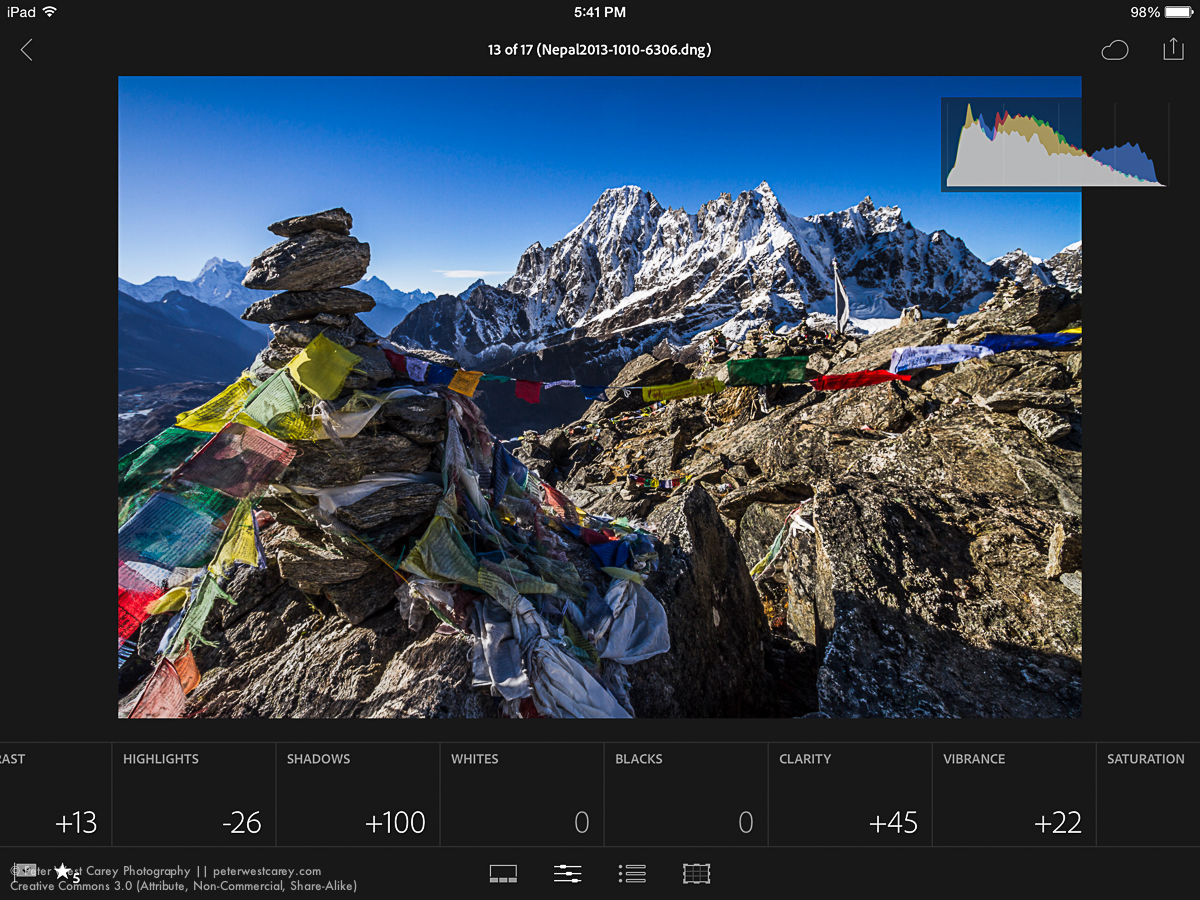
Children see the world in ways adults often forget. Where we see routines, they see magic. A rainy day becomes a mystery, a pet becomes a best friend, and a backyard becomes an unexplored jungle. One of the most powerful ways to preserve and understand this perspective is through photography—specifically, with a kids camera.
By putting a camera in your child’s hands, you give them the tools to tell stories, document discoveries, and capture the small but beautiful moments of their everyday life. In this blog, we explore how kids cameras help children develop their voice through imagery, and how we as parents and educators can support that journey.
Table of Contents
Seeing the World Differently
Adults often focus on outcomes: the perfect photo, the right setting, the most shareable moment. But kids focus on experience. They capture what matters to them in that moment—a squiggly worm on the pavement, their sibling’s funny face, or the shadow of a tree on a sidewalk.
These snapshots are more than just cute. They offer insight into your child’s:
- Emotional world
- Interests and fears
- Daily interactions
Using a kids camera gives them an authentic outlet for self-expression, free from adult expectations or filters.
Fostering Emotional Intelligence
Photography can help children process emotions. A child upset about a lost toy might take a photo of the spot they last saw it. A joyful moment with a grandparent might be captured and looked at again and again.
Encouraging kids to talk about their photos helps them:
- Name their feelings
- Reflect on experiences
- Build empathy by sharing their view with others
This can be especially helpful for children who are introverted or have difficulty verbalizing their emotions.
Storytelling Through the Lens
Every photo has a story, and every child has their own way of telling it. Encourage your child to share the “why” behind their shots:
- Why did you take this picture?
- What were you feeling?
- What happened before or after?
By doing this, you build narrative skills, boost confidence, and support literacy development in a creative and natural way.
myFirst cameras, like the Camera 3 and Camera Insta 20, are designed with kids in mind—offering simple controls and fun features that make storytelling even more engaging.
Documenting Growth and Change
Over time, a child’s collection of photos becomes a personal timeline of growth. From their first picture of a birthday cake to a proud shot of a completed LEGO build, these photos are visual milestones.
Parents can compile these into albums, photo books, or digital journals, turning everyday images into a lifelong memory bank. Kids love seeing how their photography skills evolve, and it gives them a sense of progress and accomplishment.
Educational Value Beyond the Snapshot
A kids camera isn’t just an artistic tool—it supports multiple areas of learning:
- Science: Documenting plant growth, bugs, or weather changes
- Geography: Capturing landscapes and places during family trips
- Art: Learning about symmetry, balance, color, and light
- Writing: Creating captions, photo essays, or comic strips
With models like the myFirst Camera Insta Wi, kids can even print their photos instantly, adding a hands-on craft dimension to their creativity.
Explore the full kids camera collection at myFirst Australia to find the perfect tool for your child’s imaginative expression.
Parent and Teacher Tips
Here are a few ideas to nurture your child’s interest in photography:
- Create themed challenges: “Capture something red,” “Take a picture of something that makes you smile.”
- Host a mini exhibition: Print and display your child’s top photos at home or in the classroom.
- Encourage reflection: Ask open-ended questions about the story behind each photo.
- Use photos in storytelling: Combine photos with hand-written captions for a custom photo book.
Final Thoughts
When children are given tools to document their world, they feel seen, heard, and empowered. A kids camera is more than just a gadget—it’s a mirror of their imagination and a window into their unique point of view.
Start capturing those precious perspectives with a fun, durable, and kid-approved device from the kids camera lineup by myFirst. Because sometimes, the most beautiful moments are the ones we see through the eyes of a child.
RELATED ARTICLES
Latest Articles
 NYT Mini Crossword Clues: Patterns, Tips…In TipsMay 9, 2025If you’re looking for a quick mental boost that fits […]
NYT Mini Crossword Clues: Patterns, Tips…In TipsMay 9, 2025If you’re looking for a quick mental boost that fits […] How AI Is Transforming the World of Digi…In TechnologyMay 9, 2025In recent years, artificial intelligence (AI) has […]
How AI Is Transforming the World of Digi…In TechnologyMay 9, 2025In recent years, artificial intelligence (AI) has […] Emerging Tattoo Tech That’s Revolutioniz…In TipsMay 8, 2025In the ever-evolving world of body art, tattoo […]
Emerging Tattoo Tech That’s Revolutioniz…In TipsMay 8, 2025In the ever-evolving world of body art, tattoo […] The Convenience of Online Doctor Visits …In MedicalMay 8, 2025If you’re someone who is always on the go, you might […]
The Convenience of Online Doctor Visits …In MedicalMay 8, 2025If you’re someone who is always on the go, you might […] Cat Cables Explained: Which Ethernet Typ…In TechnologyMay 6, 2025When you’re building a fast and reliable […]
Cat Cables Explained: Which Ethernet Typ…In TechnologyMay 6, 2025When you’re building a fast and reliable […] Baby Boy Baby Photoshoot Ideas at Home Y…In TipesMay 5, 2025Your baby won’t stay tiny forever. Every giggle, […]
Baby Boy Baby Photoshoot Ideas at Home Y…In TipesMay 5, 2025Your baby won’t stay tiny forever. Every giggle, […] How VR Creates the Illusion of Presence …In TipesMay 4, 2025VR Can Transport Us to the Other Side of the World in […]
How VR Creates the Illusion of Presence …In TipesMay 4, 2025VR Can Transport Us to the Other Side of the World in […] What Can You Hang on a Wall? 10 Stylish …In TipesMay 2, 2025Ever feel like your space is missing something? Even […]
What Can You Hang on a Wall? 10 Stylish …In TipesMay 2, 2025Ever feel like your space is missing something? Even […]
stopie.com is a participant in the Amazon Services LLC Associates Program, an affiliate advertising program designed to provide a means for sites to earn advertising fees by advertising and linking to Amazon.com.
Clicking on an Amazon link from stopie.com does not increase the cost of any item you purchase.
We will only ever link to Amazon products that we think our visitors may be interested in and appreciate learning more about.



